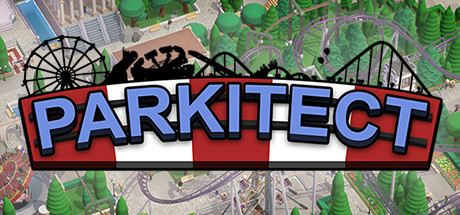Snaps are designed to be self-contained packages of binaries, libraries and other assets. A snap might end up being quite bulky if the primary application it contains has many additional dependencies. This is a by-product of the snap needing to run on any Linux distribution where dependencies cannot always be expected to be installed.
This is offset by the snap being compressed on disk, and the Snap Store delivering delta updates rather than force a full download on each update. Furthermore the concept of “shared content” or “platform” snaps allows for common bundles of libraries to be installed only once and then reused across multiple snaps.
Typically in documentation we detail building snaps with the command line tool snapcraft. Snapcraft has logic to pull in and stage any required dependencies. We generally recommend using snapcraft because it helps automate things, and make the snapping process more reliable.
But what if your application has minimal, or no…










